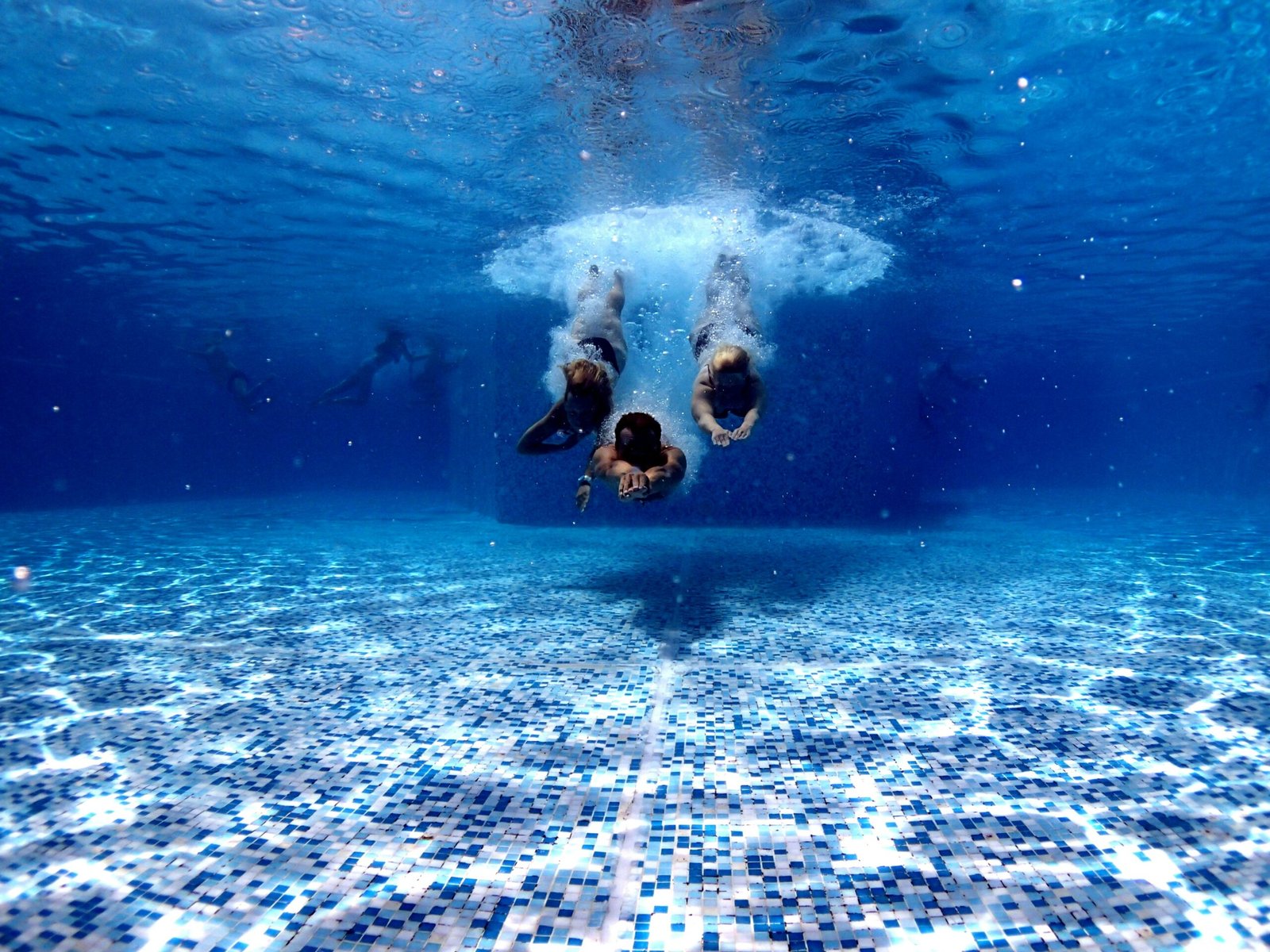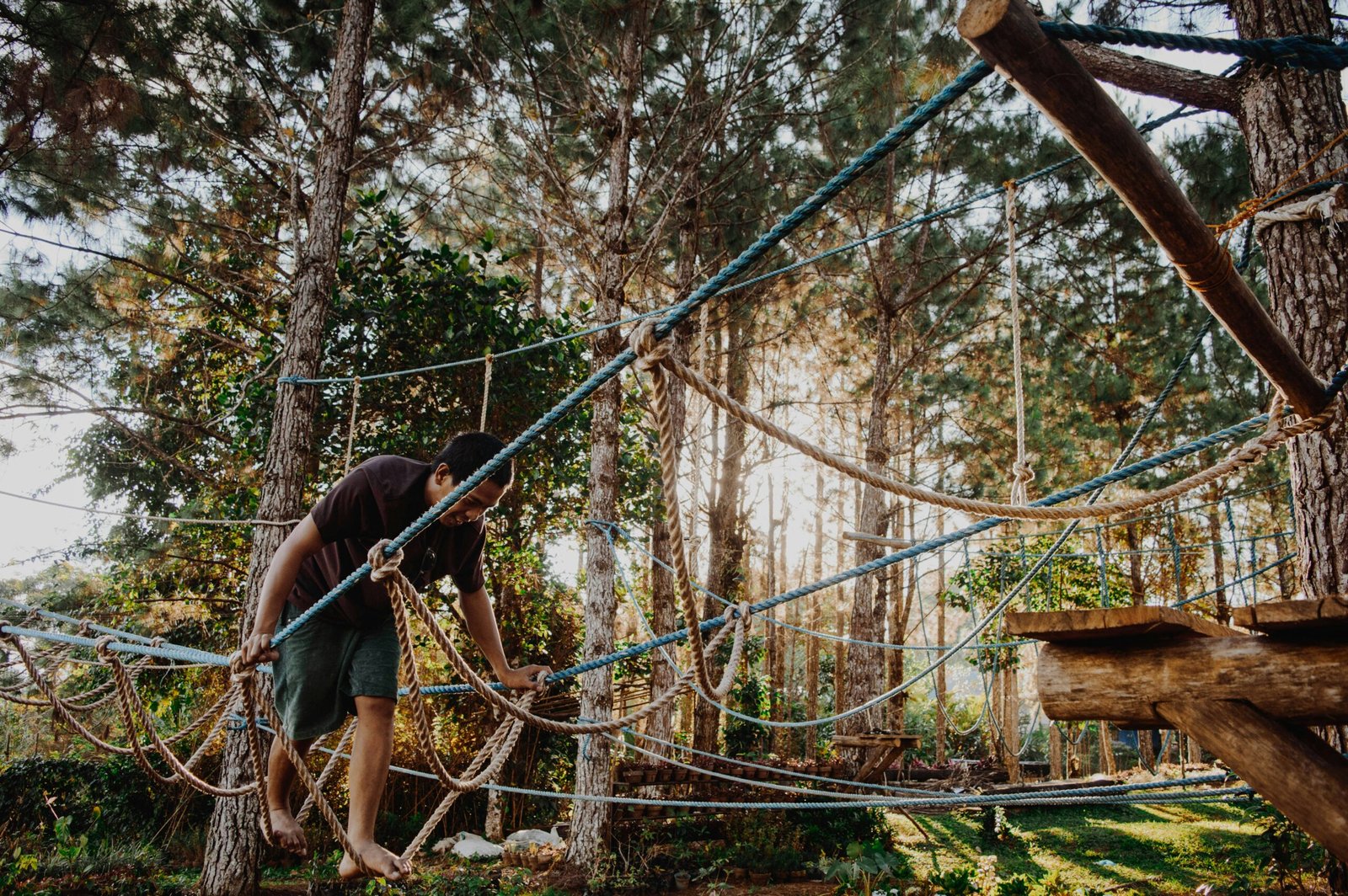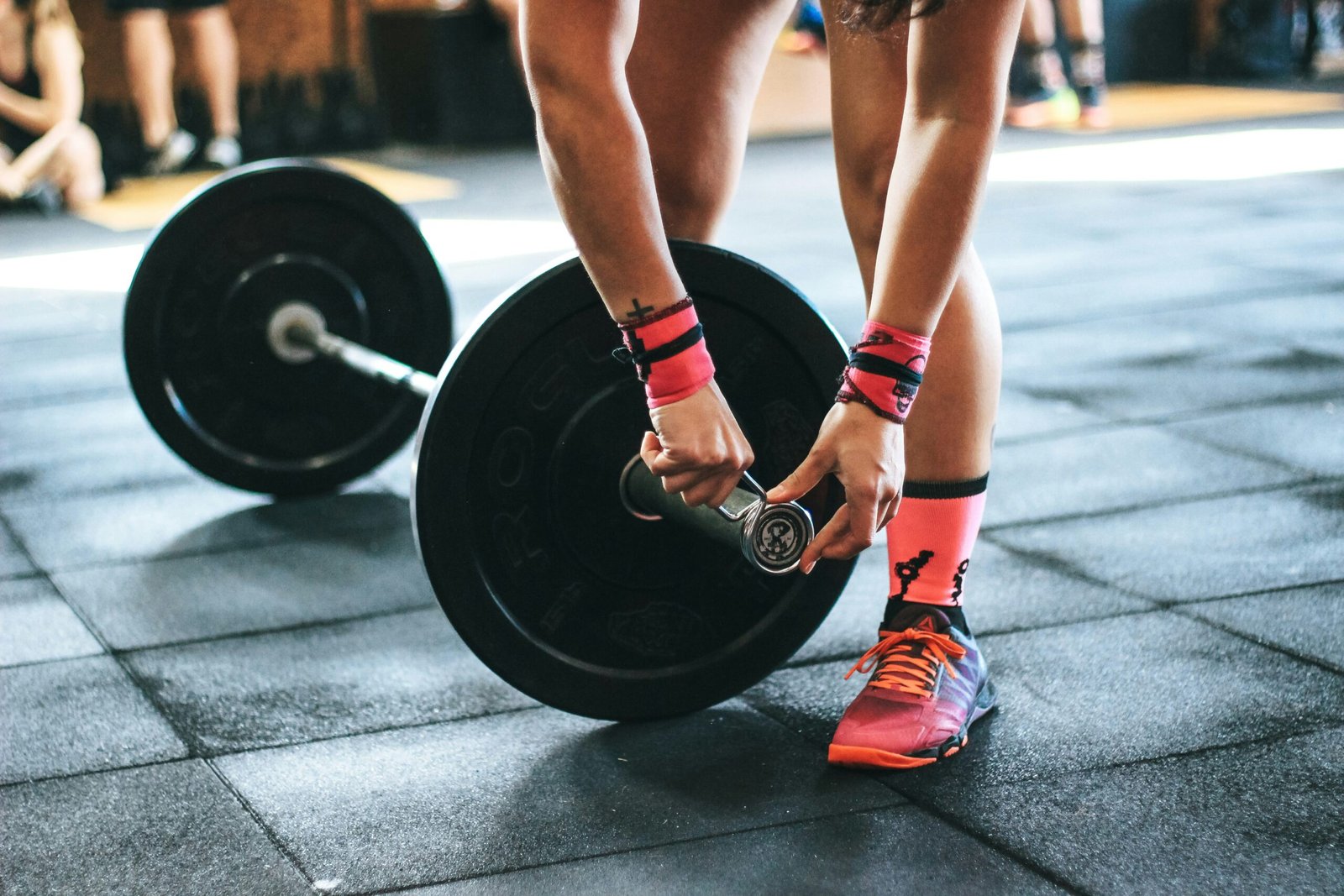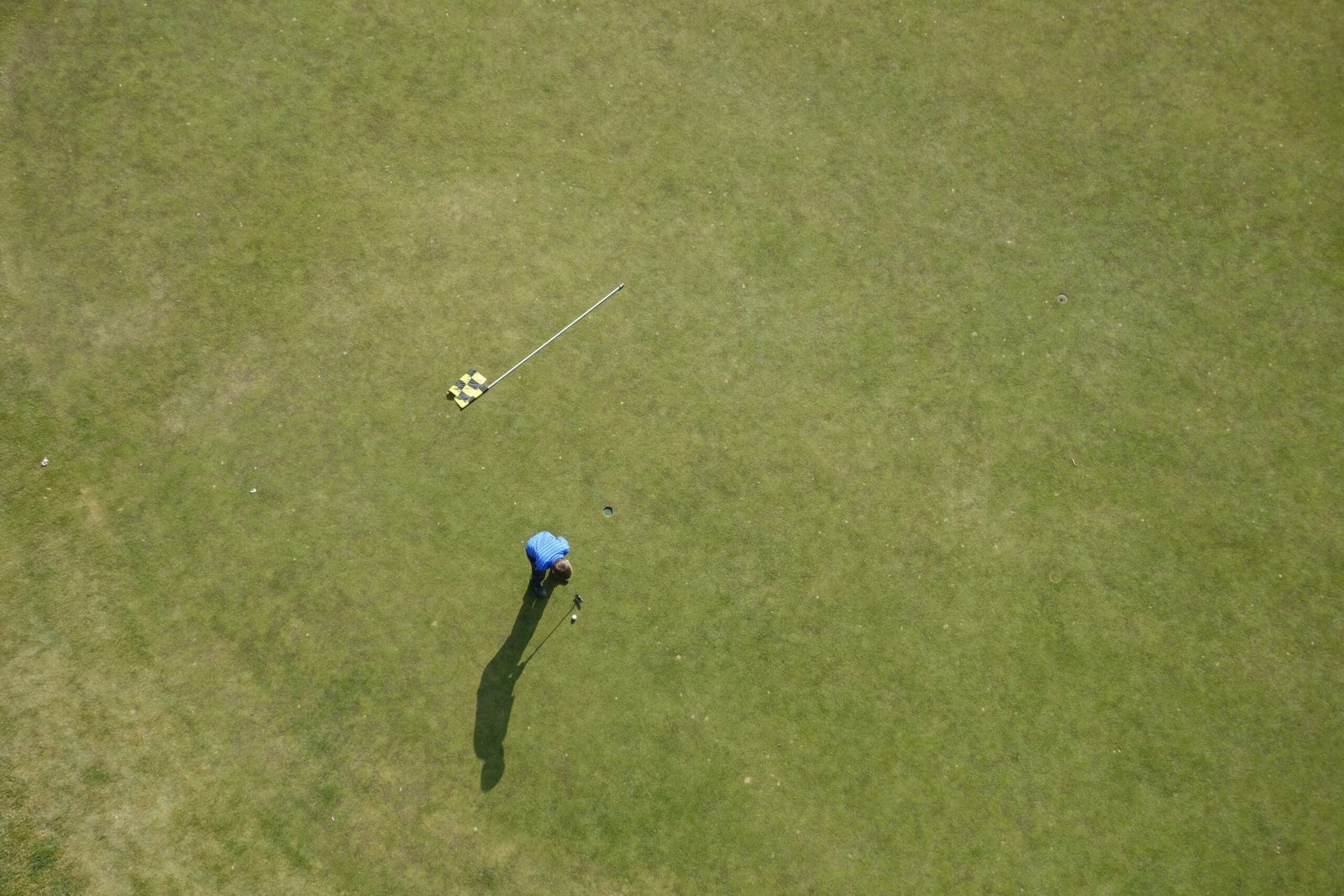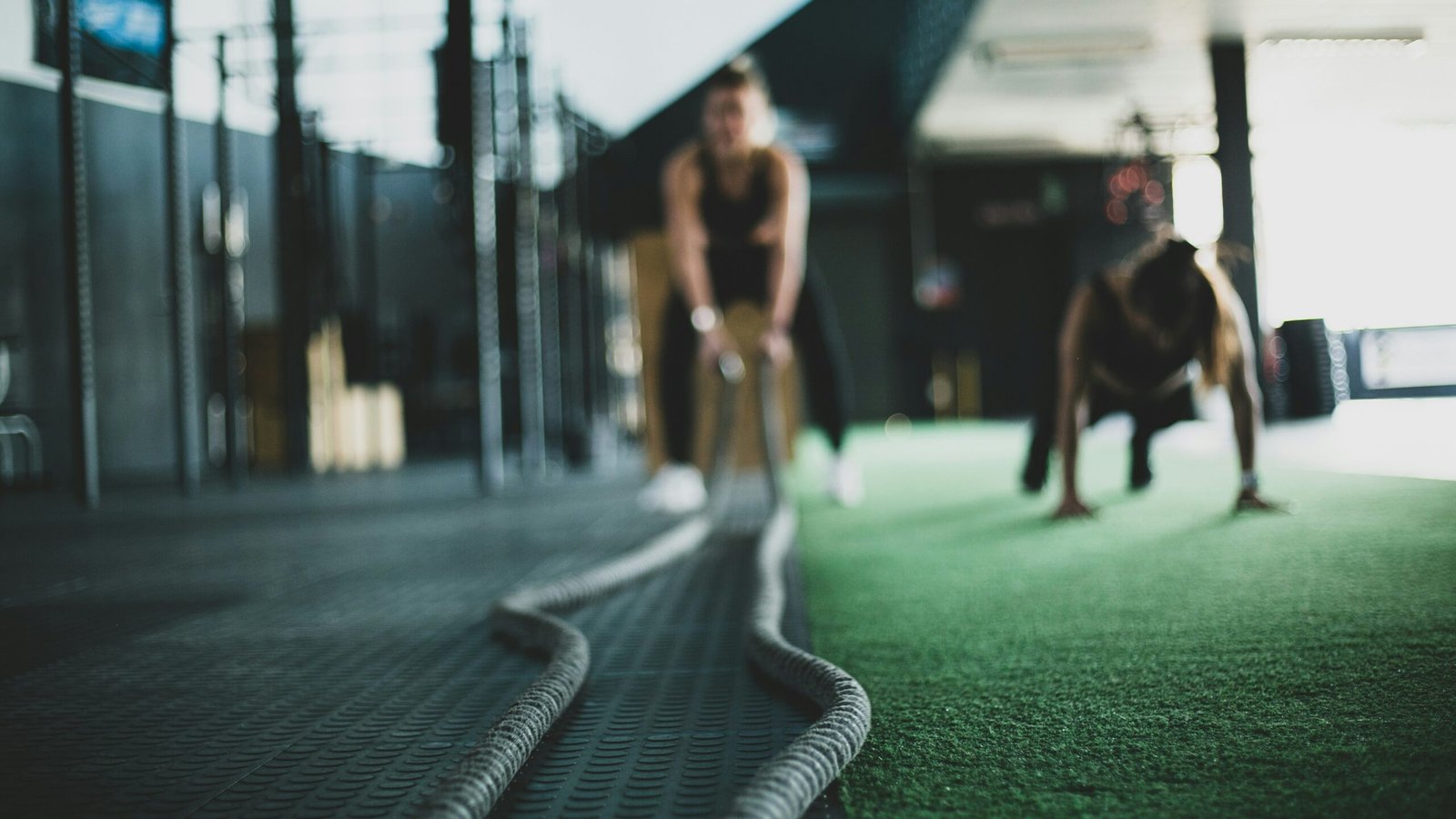Introduction to Freediving
Freediving, often described as the art of breath-hold diving, is a captivating water sport that involves diving underwater without the use of breathing apparatus. This practice relies solely on the diver’s ability to hold their breath, making it a unique blend of physical skill and mental discipline. Over the years, freediving has gained remarkable popularity, attracting enthusiasts from diverse backgrounds, allured by its immersive connection with the ocean and its myriad benefits.
The essence of freediving lies in its simplicity and accessibility. Unlike scuba diving, which requires extensive equipment and training, freediving equips individuals to explore the underwater world armed only with a mask, fins, and a snorkel. This minimalistic approach not only enhances the experience of diving but also fosters a personal connection with the marine environment. Freedivers often describe the sensation of gliding through water as akin to flying, allowing for a serene interaction with aquatic life.
Many practitioners are drawn to freediving for its holistic benefits. Physically, freediving helps improve cardiovascular fitness, lung capacity, and core strength, while transforming the body into an efficient vehicle for underwater exploration. On a mental level, the practice encourages mindfulness and tranquility, as divers learn to manage their breath and calm their minds before and during dives. This emphasis on mental clarity and self-awareness resonates with individuals seeking stress relief and an escape from the fast-paced demands of modern life.
In addition, freediving fosters a distinct sense of community among enthusiasts. Many practitioners participate in clubs, organized events, and competitions, creating a network led by shared passion and respect for the ocean. The mutual goal of exploring the depths of the sea brings together individuals from various walks of life, united by their appreciation for the natural world. As the allure of freediving continues to grow, more people are discovering its deep, transformative potential.
Essential Freediving Equipment
In the realm of freediving, having the appropriate equipment is crucial for both safety and performance. The fundamental items include wetsuits, fins, masks, snorkels, and safety buoys, each serving a distinct purpose that contributes to the overall experience in the water.
Wetsuits are essential for thermal protection, particularly in colder waters. They are designed to retain body heat while providing a layer of buoyancy, which aids in efficiency while diving. When selecting a wetsuit, beginners should consider factors such as thickness, fit, and flexibility. A well-fitted wetsuit enhances comfort and minimizes drag as you navigate underwater.
Fins play a pivotal role in propulsion, enabling divers to move efficiently through the water. There are various types of fins, with long-bladed fins being popular among freedivers for their ability to maximize power with minimal effort. It is advisable to choose fins that offer a good balance between stiffness and comfort, ensuring that they meet the diverse needs of both beginners and experienced divers.
Also critical are masks, which provide clear underwater vision and facilitate equalization. When selecting a mask, look for designs that offer a snug fit to prevent leaks and minimize air volume. Clear visibility is paramount for enjoying underwater environments and for safety during dives.
Snorkels are another important tool that allows divers to breathe comfortably at the surface without lifting their heads from the water. A streamlined snorkel reduces drag, enhancing the overall diving experience. Choose a snorkel that features a soft, flexible design for comfort and easy use.
Finally, a safety buoy serves as a vital piece of equipment for any freediver. It increases visibility for boats and other watercraft, marking the diver’s position and providing a surface reference point. When diving in areas with boat traffic, using a safety buoy is essential to ensure a safe diving experience.
Having the right freediving equipment is imperative to enhance safety and efficiency. Beginners should invest time in selecting quality gear that fits well and suits their diving style, leading to a more enjoyable and secure underwater experience.
Basic Techniques for Beginners
Freediving is an exhilarating underwater activity that relies heavily on mastering essential techniques. Beginners must familiarize themselves with proper breathing techniques, safety protocols, equalization methods, and body positioning to ensure a successful and safe underwater experience.
One of the foundational skills in freediving is diaphragmatic breathing. This technique involves using the diaphragm effectively to maximize lung capacity. Instead of shallow chest breathing, which is common, beginners should focus on inhaling deeply through the nose, allowing the abdomen to expand. This method not only enhances oxygen intake but also promotes relaxation, which is crucial before a dive. Exhaling slowly and fully through the mouth ensures that carbon dioxide is expelled adequately, preparing for the next deep breath.
Safety protocols are paramount in freediving. It is essential to always dive with a buddy and establish clear communication signals. These signals are crucial for ensuring safety, particularly when one diver descends while the other remains on the surface. Additionally, setting predetermined depth limits protects against the risks of shallow water blackout and hypoxia.
Equalizing the pressure in the ears is another critical technique to master. As a diver descends, the pressure increases, which can cause discomfort or pain. The Valsalva maneuver is commonly employed where the diver pinches their nose and exhales gently through it. Another technique is the Frenzel maneuver, which involves using the tongue to push air from the throat to equalize the ears. Practicing these methods before a dive can significantly enhance comfort and performance.
Finally, streamlining the body underwater is essential for effective movement. Beginners should focus on keeping the body as horizontal as possible, minimizing drag. This can be achieved by extending the arms and legs while maintaining a relaxed posture. Efficient streamlining not only conserves energy but also enhances depth and diving time, making the overall experience more enjoyable.
Understanding the Risks of Freediving
Freediving, while an exhilarating and captivating experience, comes with inherent risks that participants must understand and respect. Foremost among these risks is hypoxia, a condition resulting from inadequate oxygen supply to the body. During prolonged dives, the body’s oxygen levels can deplete, leading to confusion, impaired motor skills, or loss of consciousness. It is crucial for divers to monitor their breath-hold time and recognize their physical limits to prevent hypoxia.
Closely associated with hypoxia is the risk of a shallow water blackout. This occurs when a diver loses consciousness due to insufficient oxygen levels while ascending from a dive. Many divers, especially beginners, may not be aware that the act of holding their breath can lead to a blackout just before surfacing. Given that this blackout can occur just below or at the water’s surface, having a competent buddy is essential. This is why the practice of never diving alone is emphasized in the freediving community. A partner can provide immediate assistance in case of emergency, potentially saving a life.
Barotrauma is another risk associated with freediving, resulting from the pressure changes that occur as a diver descends and ascends. The body, particularly the lungs, ears, and sinuses, must equalize pressure to avoid injury. Failure to do this can lead to severe discomfort and even permanent damage. Divers should be educated on techniques such as equalization to mitigate this risk effectively.
Overall, understanding these risks is vital for ensuring a safe and enjoyable freediving experience. Adequate education, training, and preparation can greatly reduce the likelihood of accidents, allowing freedivers to focus on enjoying the underwater world. A comprehensive safety plan and continuous awareness of the potential dangers are essential for anyone embarking on this unique aquatic pursuit.
Safety Practices for Freediving
Freediving, while an exhilarating pursuit, necessitates strict adherence to safety practices to ensure the well-being of divers. One of the fundamental safety measures is the buddy system. This involves diving with a partner, which significantly enhances safety. Should either diver encounter difficulties, the other is readily available to assist. It is crucial to establish clear communication signals before entering the water, reinforcing the efficiency and effectiveness of this safety approach.
Utilizing dive flags is another essential safety practice in freediving. A dive flag signals to nearby boaters that divers are in the water, thereby reducing the risk of accidents. Divers should always be mindful of their surroundings while using dive flags, as local regulations may mandate specific types of flags or buoy setups. Understanding these guidelines can greatly enhance situational awareness and safety during a dive.
Recognizing the signs of distress is vital for all freedivers. Awareness of one’s own physical condition and the ability to observe a partner for unusual behavior or distress signals is imperative. Symptoms can range from excessive fatigue to signs of panic or hyperventilation. Additionally, divers should refrain from pushing their limits, particularly when they begin to feel any discomfort. Training to identify these cues can lead to timely interventions and a more enjoyable diving experience.
Obtaining proper training from certified agencies is crucial for those who wish to engage in freediving safely. Professional trainers provide invaluable information on various techniques, safety practices, and emergency responses. This foundation of knowledge is essential for minimizing risks associated with freediving. Further, practical tips such as planning dives carefully, setting realistic limits, and maintaining a healthy lifestyle contribute to safe and enjoyable experiences in the water.
Finding a Freediving Course or Instructor
Embarking on the journey of freediving can be both exciting and daunting. One of the most effective ways to ensure a safe and enjoyable experience is by enrolling in a freediving course or seeking training from a certified instructor. These professional courses offer numerous benefits, providing structured learning that enhances your skills and safety awareness. A reputable course will teach you essential techniques, physiological principles, and the best practices for underwater exploration.
When searching for a freediving course, consider several factors to ensure you find a high-quality program. First and foremost, check the credentials of the instructors. They should be certified by recognized associations, such as AIDA or PADI, which uphold rigorous training standards. Additionally, look for reviews or testimonials from past students to gauge the effectiveness of the program. A well-structured curriculum typically balances theoretical knowledge with practical applications, allowing for comprehensive skill development.
Another important aspect to consider is the instructor’s experience. A seasoned instructor will possess a deep understanding of freediving techniques and safety protocols and be able to provide personalized feedback based on your individual needs. This tailored approach can significantly enhance your learning experience and empower you to develop confidence in your skills. Furthermore, an instructor knowledgeable about local diving conditions can offer insights into site-specific safety concerns, further increasing your awareness and preparedness.
Engaging in a professional training environment provides not only knowledge but also fosters a community of fellow enthusiasts. Building connections with others who share your passion can be supportive and encouraging as you navigate the challenges of freediving. Ultimately, enrolling in a freediving course or learning from a skilled instructor is an investment in your safety, enjoyment, and mastery of this rewarding underwater activity.
Building Your Freediving Skills
Acquiring proficiency in freediving necessitates consistent practice and progressive skill enhancement. Individuals eager to learn freediving should recognize that this activity not only involves diving but also a comprehensive development of physical and mental abilities. A structured approach facilitates this growth, allowing divers to build confidence and competence in the water. One effective method for developing freediving skills is engaging in regular underwater practice, which should include both static and dynamic apnea exercises. Static apnea entails holding one’s breath while submerged, offering a foundation for breath control and comfort in water. Meanwhile, dynamic apnea involves swimming horizontally while holding one’s breath, reinforcing propulsive techniques and alignment.
In addition to in-water exercises, divers might consider complementary land training, such as yoga and targeted breath-holding exercises. Yoga is particularly advantageous, as it promotes flexibility, balance, and focused breathing—crucial components for successful freediving. The practice emphasizes mindful breath regulation, enabling divers to cultivate relaxation and enhance their overall lung capacity. Through poses designed to lengthen and strengthen the core, participants improve their posture, facilitating a streamlined dive profile.
Setting realistic goals is paramount as one embarks on this journey. Establish short-term objectives, such as improving static apnea times or mastering equalization techniques, to maintain motivation. Tracking progress through a diving log can provide valuable insights into development over time, allowing for adjustments in training approaches as necessary. Sharing progress with fellow freedivers fosters a supportive environment and encourages engagement with the community. Ultimately, cultivating a disciplined approach to building your freediving skills will empower divers to safely explore the underwater world with confidence and efficiency.
Respecting the Marine Environment
Freediving is not only a pursuit of personal achievement but also an opportunity to connect deeply with the marine environment. As participants in this sport, it is essential to acknowledge the role that freedivers play in preserving the underwater ecosystem. The marine environment is a delicate balance of life, where even minor disruptions can have significant consequences. Therefore, respecting marine life should be at the forefront of every freediver’s mindset.
One of the key aspects of preserving the underwater world is to practice responsible behaviors while freediving. This includes not disturbing marine fauna and flora while exploring. Freedivers should avoid touching coral reefs or underwater plants, as many species are sensitive and may take years to recover from damage. It is also critical to minimize noise pollution, as excessive sounds can interfere with marine life communication and behavior. Avoiding the use of underwater scooters, which can disrupt the natural habitat, is advisable as well.
Additionally, freedivers can partake in conservation initiatives which support the health of the oceans. Volunteering for underwater cleanups, reporting pollution, and participating in marine biology projects are excellent ways to contribute. Advocacy for sustainable practices is equally vital. By promoting awareness about the threats posed by overfishing, plastic pollution, and climate change, freedivers can serve as ambassadors for the marine environment.
Human activities, such as coastal development and pollution, have led to the degradation of marine ecosystems. Understanding these impacts is crucial for freedivers to appreciate the environment they enjoy. By respecting marine life, avoiding harmful practices, and engaging in conservation efforts, freedivers can ensure that they contribute positively to the underwater world, creating a sustainable future for both the sport and the ecosystems we cherish.
Conclusion and Next Steps
Embarking on a freediving journey can be both exhilarating and fulfilling, providing a unique opportunity to connect with the underwater world. Throughout this blog post, we have discussed essential techniques and safety measures crucial for a successful start in freediving. As you consider taking the plunge, it is important to reflect on the key points outlined in the previous sections.
First and foremost, understanding breath-holding techniques cannot be overstated. Mastering the art of relaxation and proper breathing is vital for enhancing your freediving performance. Equally, acknowledging the potential dangers of freediving and prioritizing safety practices, such as buddy diving and adhering to established depth limits, is non-negotiable.
Additionally, engaging with local freediving communities offers numerous advantages. Connecting with experienced divers can provide insights, encouragement, and camaraderie, all of which are beneficial for your growth as a freediver. These communities often organize workshops, training sessions, and local competitions, presenting opportunities to improve your skills while making lasting friendships with like-minded enthusiasts.
Resources for continued learning abound in today’s digital landscape. From online courses to instructional videos, there are countless materials available that cater to divers at every level. Moreover, local dive shops frequently provide equipment leasing, ensuring you have the necessary gear to safely practice your newfound skills without a significant upfront investment.
To sum it up, starting your freediving journey requires dedication, practice, and a commitment to safety. By equipping yourself with knowledge and resources, while fostering connections within the freediving community, you are well on your way to a rewarding dive experience. Remember, every dive contributes to your journey; embrace the water and explore the limitless wonders of the ocean.
